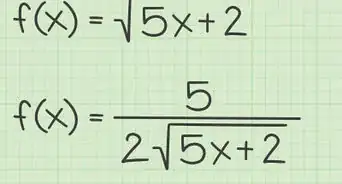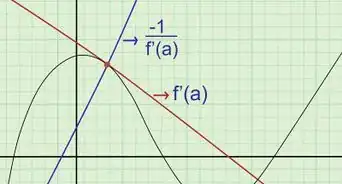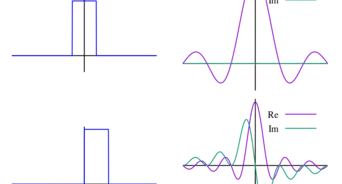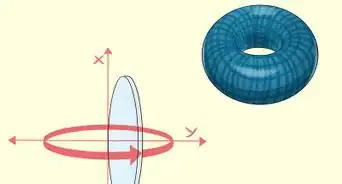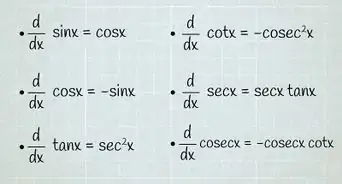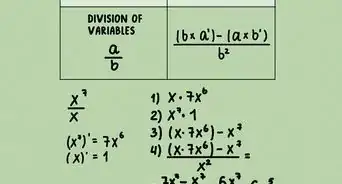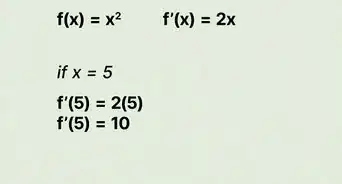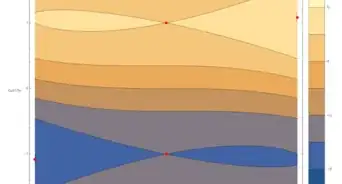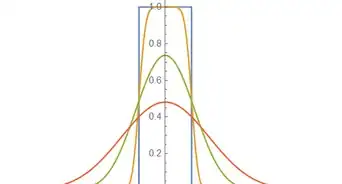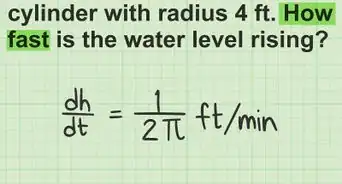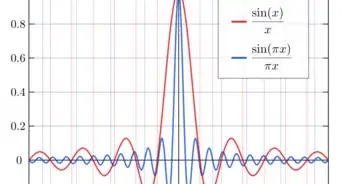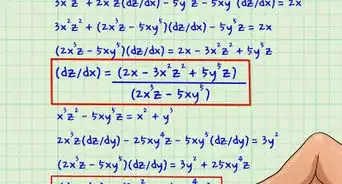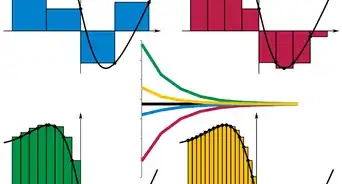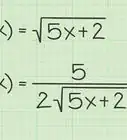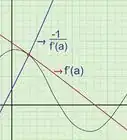wikiHow is a “wiki,” similar to Wikipedia, which means that many of our articles are co-written by multiple authors. To create this article, volunteer authors worked to edit and improve it over time.
This article has been viewed 35,202 times.
Learn more...
Limits in single-variable calculus are fairly easy to evaluate. The reason why this is the case is because a limit can only be approached from two directions.
However, for functions of more than one variable, we face a dilemma. We must check from every direction to ensure that the limit exists. This does not just mean along the two axes, or even all possible lines; it also means along all possible curves. This seems to be a daunting task, but there is a way out.
This article will work with functions of two variables.
Steps
-
1Try directly substituting first. Sometimes, a limit is trivial to calculate - similar to single-variable calculus, plugging in the values may immediately net you the answer. This is usually the case when the limit does not approach the origin. An example follows.
- Another reason why substituting works here is that the function above is polynomial, and therefore is well-behaved across the reals for all and
-
2Try substituting to make the limit single-variable when the substitution is obvious.
- Evaluate
- Substitute
- Use L'Hôpital's rule, as currently we get a if we evaluate too soon.
Advertisement -
3If you suspect that the limit does not exist (DNE), show this by approaching from two different directions. As long as the limit either DNE or is different from these two directions, you are finished and the limit of the overall function DNE.
- Evaluate
- Approach from both sides vertically and horizontally. Set and
- Since the two limits are different, the limit DNE.
-
4Convert to polar form. Multivariable limits are often easier when done in polar coordinates. In this case, and Let’s see how this works.
Example 1
-
1Evaluate the limit.
-
2Convert to polar.
-
3Use the Squeeze Theorem. Although the limit is taken as the limit depends on as well. One might then naively conclude that the limit DNE. However, the limit does depend on so the limit may or may not exist.
- Since and as well.
- Then
-
4Take the limit of all three expressions.
- Since by the Squeeze Theorem,
- Because of the dependency and the use of the Squeeze Theorem, the quantity in the above limit is said to be bounded. In other words, as the range of values of shrinks to 0 as well, even though is arbitrary.
Example 2
-
1Evaluate the limit.
- This example is only slightly different from the one in Example 1.
-
2Convert to polar.
- However, the quantity can take on an arbitrary value after the limit is evaluated, and is said to be unbounded.
- Therefore, the limit DNE. This scenario is describing a limit being approached from arbitrary directions and getting different values.
Community Q&A
-
QuestionLim x^4-x^2-y^2+y^4/x^2+y^2 when (x,y)approach (0,0)?
 Ayisha A. GillCommunity AnswerUse L'Hopital's Rule i.e. take derivative of numerator and denominator separately. Keep applying this rule until substituting the limiting points doesn't yield an indeterminant form.
Ayisha A. GillCommunity AnswerUse L'Hopital's Rule i.e. take derivative of numerator and denominator separately. Keep applying this rule until substituting the limiting points doesn't yield an indeterminant form.






























